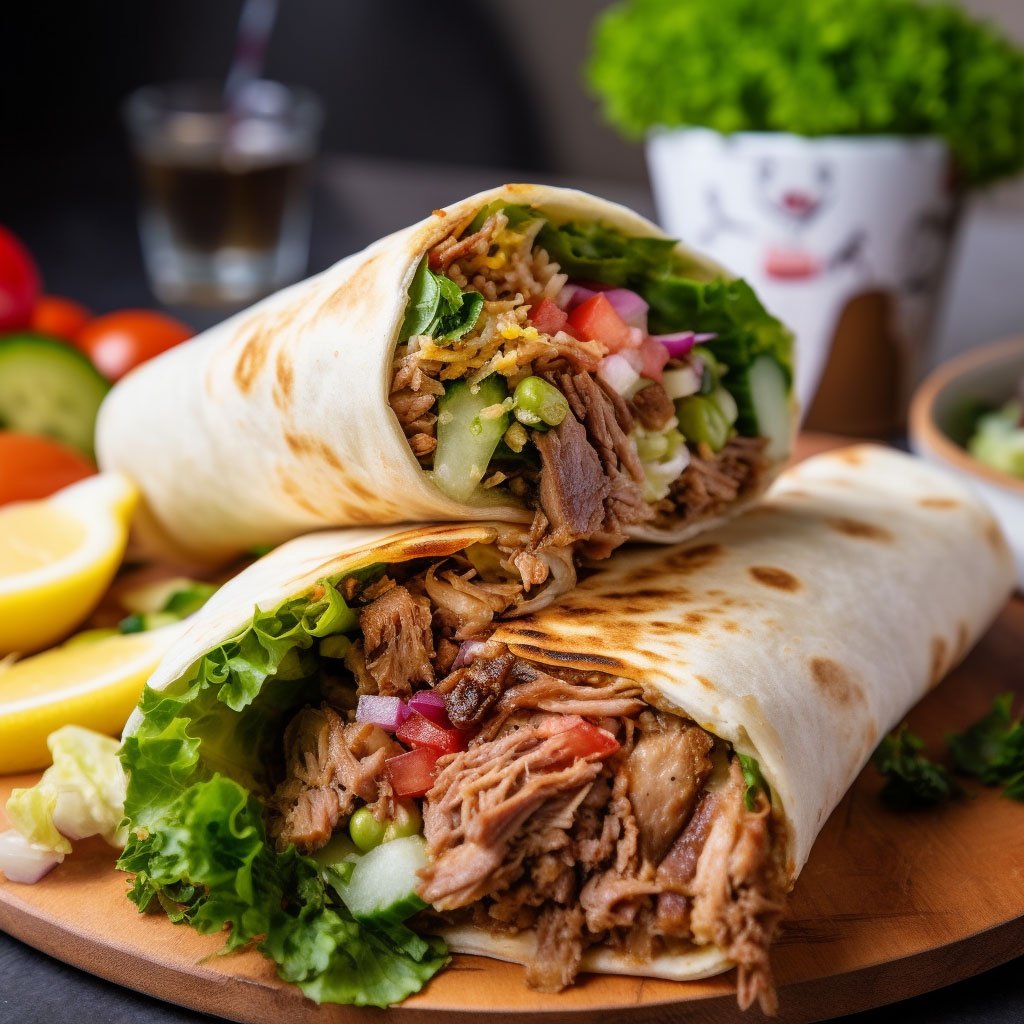Imagine a steaming bowl of koshari, the national dish of Egypt, on a table before you. Lentils, rice, and pasta form a hearty base, topped with caramelized onions, chickpeas, and a tangy tomato-vinegar sauce. A sprinkling of garlic juice and crispy fried onions adds the final flourish. Now, take a moment to savor the aroma and the vibrant colors. Welcome to the heart of Egyptian cuisine!

Egyptian cuisine is a delightful sensory journey, a delectable mix of flavors, textures, and aromas. It is deeply rooted in the country’s history, with recipes passed down through generations, each telling a story of tradition and heritage. Yet, it also reflects a dynamic blend of influences from Mediterranean, Middle Eastern, and African cuisines.

One dish that encapsulates this rich culinary tapestry is koshari. This humble yet satisfying dish has a unique history. It originated in the 19th century, inspired by an Indian dish called khichdi. Over time, it evolved into the delightful concoction we know today, perfectly symbolizing Egypt’s multicultural culinary heritage.

Preparing koshari is like orchestrating a symphony, with each ingredient playing its part. The lentils, rice, and pasta provide a wholesome, hearty base. The tomato-vinegar sauce, simmered with a blend of spices, adds a tangy dimension. The caramelized onions and chickpeas introduce an element of crunch and flavor. And the finishing touch of garlic juice imparts a bold undertone that ties the dish together. Each mouthful is a burst of flavors, a testament to the complex simplicity of this beloved dish.

But Egyptian cuisine isn’t just about koshari. There’s ful medames, a delicious fava bean stew typically enjoyed for breakfast; molokhia, a rich and flavorful soup made from jute leaves; and shawarma, succulent slices of marinated meat wrapped in flatbread. And let’s not forget about desserts like basbousa, a sweet semolina cake soaked in syrup, or the decadent umm ali, an Egyptian version of bread pudding. Each dish adds its unique note to the flavorful orchestra that is Egyptian cuisine.

What I love most about Egyptian food is its essence of community and sharing. Meals are an opportunity to come together, to share stories and experiences over shared plates. This is a cuisine that doesn’t just satiate hunger; it feeds the soul.

I invite you on this culinary journey as we delve deeper into the delights of Egyptian cuisine in future posts. We’ll explore more dishes, learn recipes, and discover the vibrant markets that form the backbone of Egypt’s food culture. Until then, let your palate wander, and your taste buds anticipate the delights of Egypt’s culinary landscape.

Stay tuned for my next post, where we’ll explore the bustling marketplaces and shopping experiences of Egypt. Until then, safe travels and bon appétit!